09 May 3 common mistakes people with shoulder pain make
Let’s face it, when you have shoulder pain it can be a real bother! You want to do everything you can to make the pain go away and return back to your normal routine as quickly as possible.
Making your main goal pain relief is understandable, but some pain relieving strategies may result in recurrent exacerbations of your shoulder problem. We’ve outlined 3 common mistakes we see our patients make and what you should do instead.
1) Being too quick to opt for a ‘cortisone’ (corticosteroid) injection.
If you have shoulder pain and you have seen your GP, you may have been given the recommendation of a cortisone injection for your shoulder. While cortisone injections can sometimes be an effective strategy for short term pain relief, their use can be problematic in the long term.
Simply put, Cortisone is a synthetic version of the hormone cortisol which is used to suppress the inflammatory response and limit associated pain. However, inflammation is a natural and healthy response to tissue injury. When we suppress the inflammatory response, tissue healing is also suppressed and that means the tissue that has healed will be more prone to rupture in the future.
If we can take the time to respect the healing process, it will lead to greater outcomes down the track. For this reason we recommend against cortisone injections where the pain can be managed appropriately through short term lifestyle changes and being attentive to the rehabilitation process.
2) Not seeking corrective taping to help support and nurture your injured shoulder.
When the tissue is healing, any support to pull the two ends of the ruptured tissue together can be helpful, and conversely, stretching or overloading the tissue can be harmful. Taping techniques can be a really valuable support in the acute phase of any shoulder injury to facilitate the healing response and guard against any accidental overloading that may happen during the course of daily life e.g. hanging the washing, cooking, driving, brushing your teeth etc.
3) Not following an appropriate reloading program to strengthen the injured tissue.
When a ruptured tissue has knitted together, it is in a phase where it needs to be progressively loaded to build up the tissue strength – and this is a process that needs careful progressive overload and that takes time and diligence. Not doing so means that some situation that life throws at you maybe enough to reinjure the tissue and you may be back to square one.
Despite this, everyone’s situation is different so we urge you to talk to a Physio Fit Physiotherapist who can guide you through your rehabilitation so you can recover from shoulder pain and enjoy strong, healthy, functional shoulders that don’t hold you back from life!


Call: (02) 6674 4142